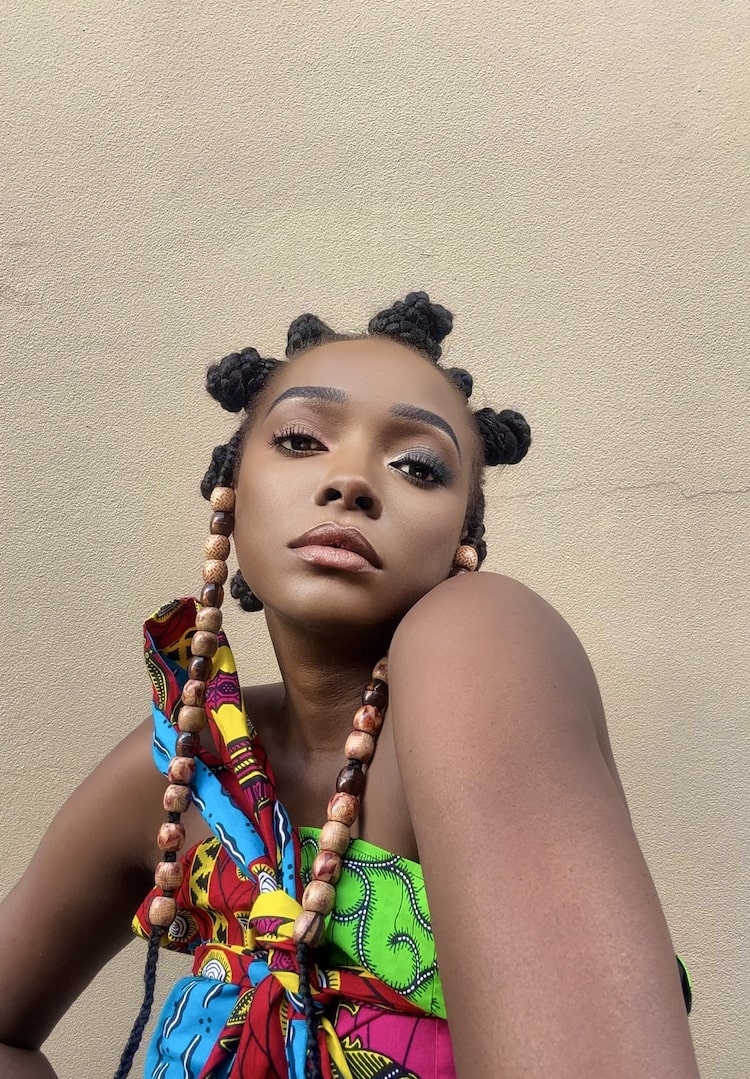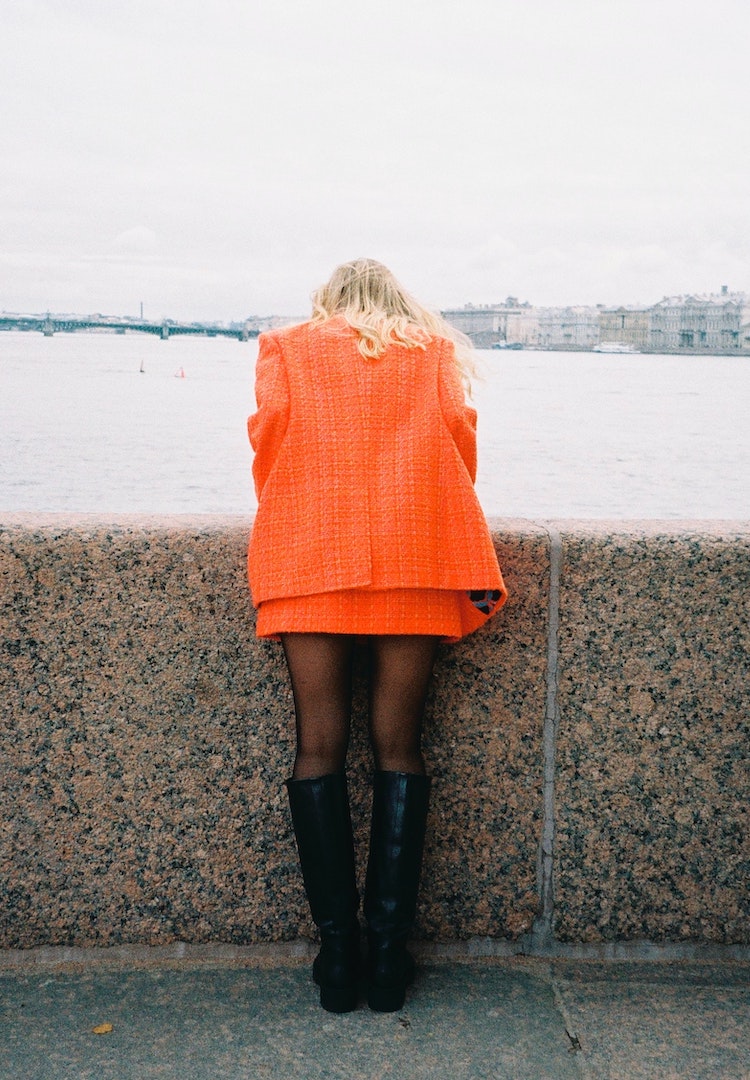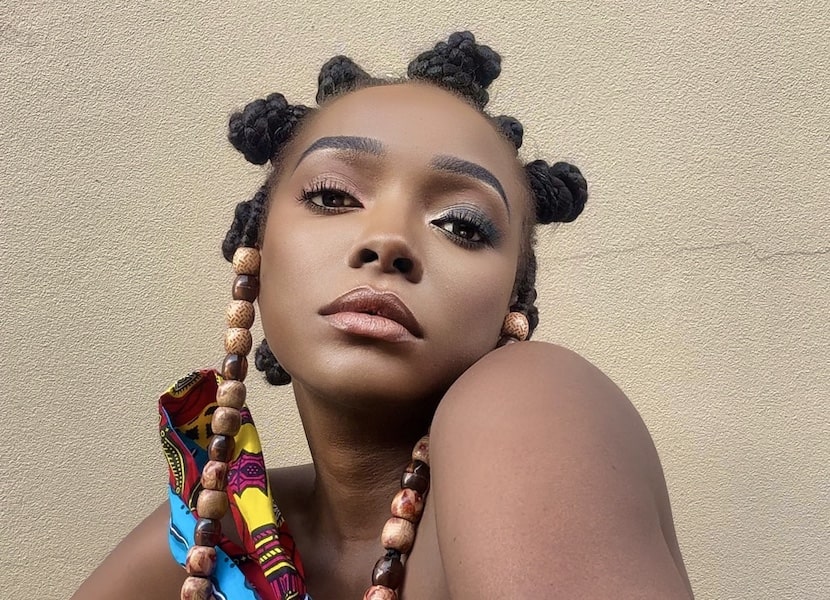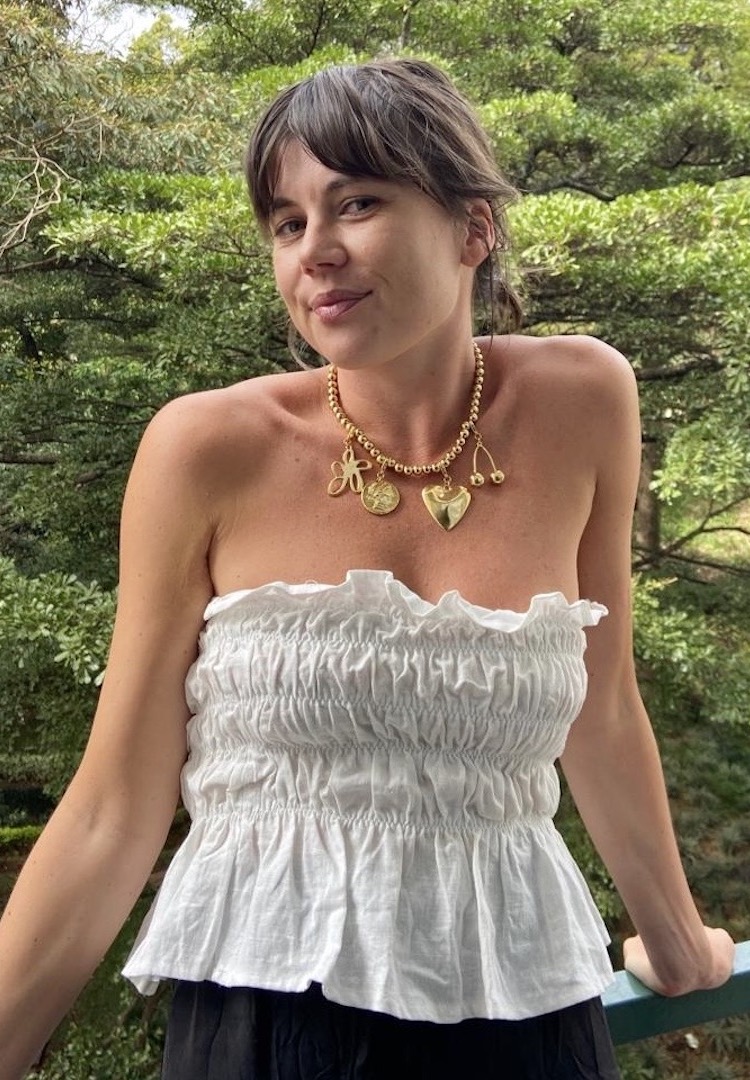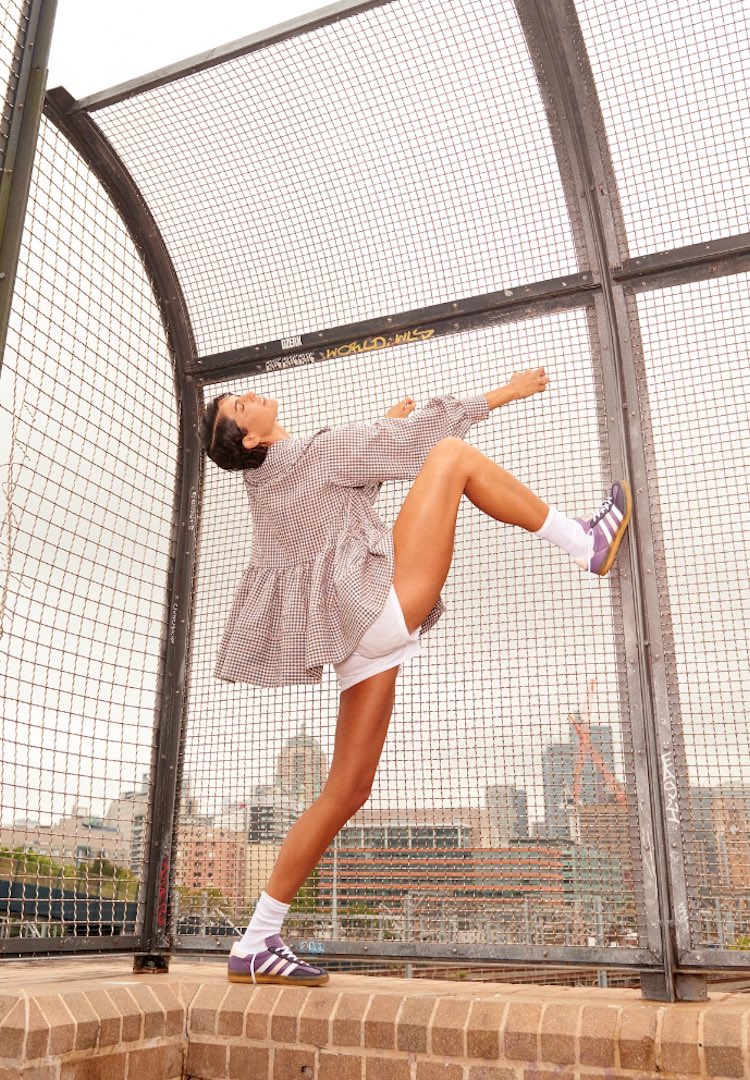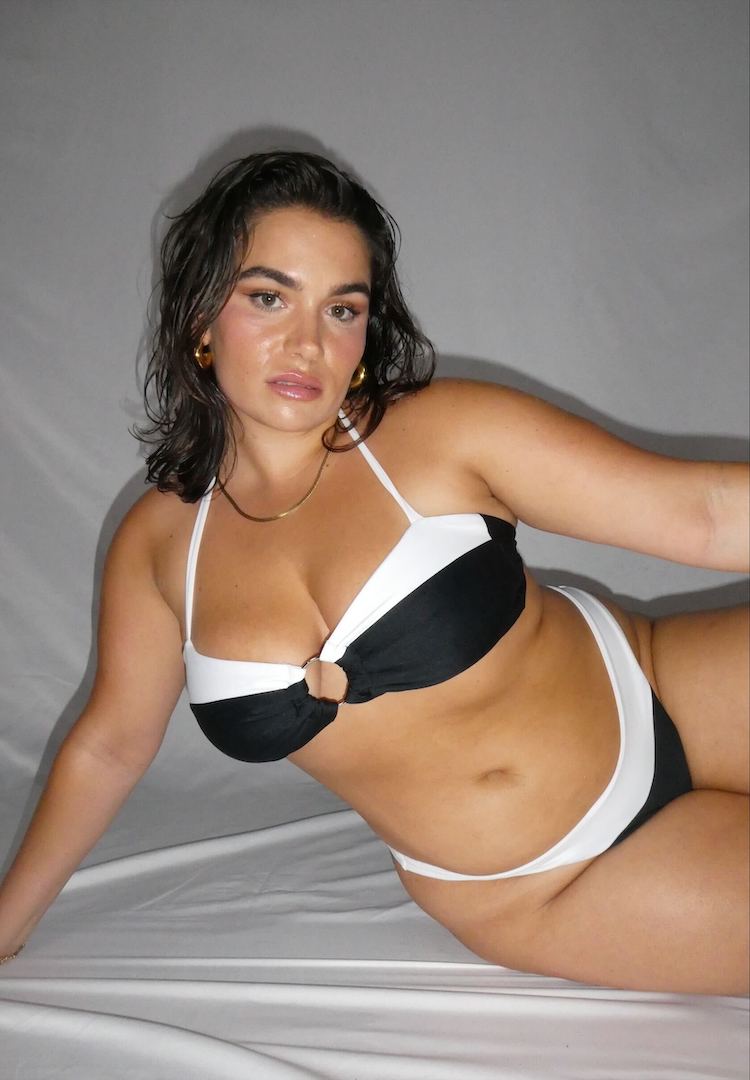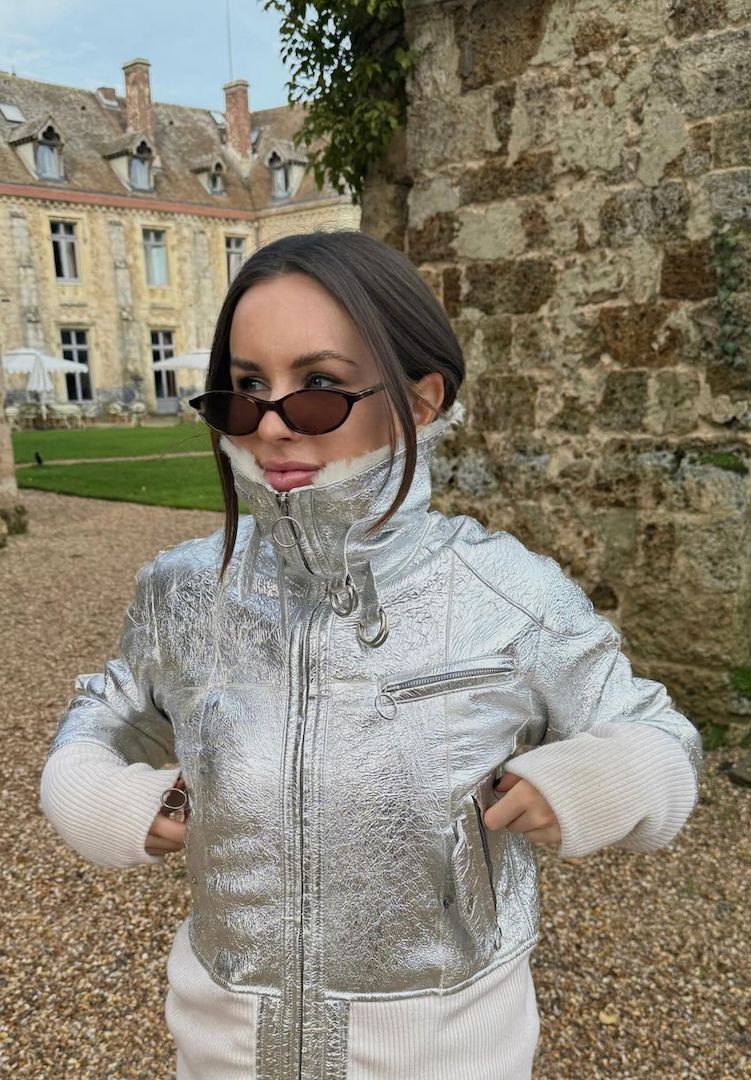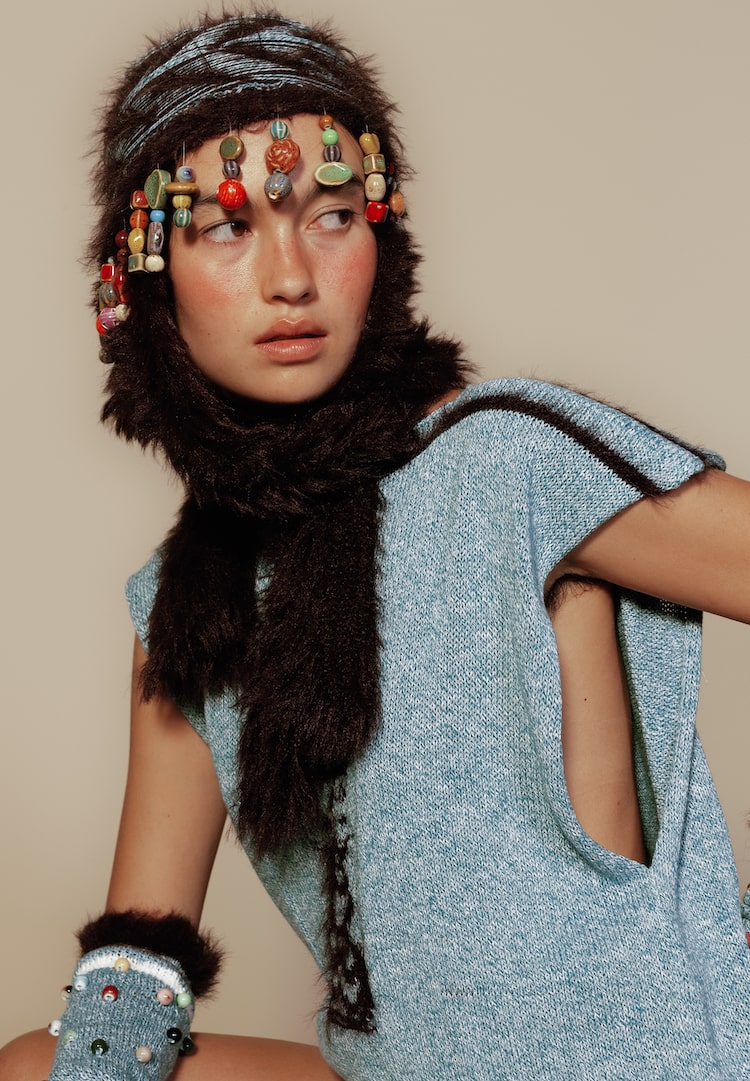An excerpt from Suzan Mutesi’s new book, ‘The Immigrant That Found Her Unapologetic Voice’
IMAGE VIA @SUZAN_MUTESI/INSTAGRAM
WORDS BY SUZAN MUTESI
“I burned silently with the shame of not belonging, and my soul longed for acceptance.”
Content warning: Discussion of anti-Blackness and racial trauma.
On the morning of my first day at my new school, I walked into class that morning feeling rather confident. I looked good, with clear skin and clean, fluffed-out hair. I expected some curiosity about my looks in this new environment but quickly discovered that some people were flat-out bewildered. The idea that looking unique could be a bad thing didn’t initially occur to me, but the reality quickly dawned on me.
I would’ve been fine with some awkward compliments, but one girl in particular got uncomfortably close and asked if my hair was real. Then, she ran her fingers through my afro, messing it up thoroughly. She’d progressed almost instantaneously from admiration to worryingly invasive prodding like I was an exhibit for her amusement.
I often hear people say things along the lines of “I wouldn’t be offended if someone touched my hair”. That’s great for you and all, but to truly treat others as you want others to treat you, there must be a measure of understanding. Different people have different boundaries, and they should be respected the way you want yours respected. For many Black women, hair is far more important than just strands sticking out of our heads.
Our hair is a statement and a reminder that Eurocentric beauty standards do not phase us or make us any less beautiful. And it comes with a ton of challenges. Blacks rarely had their unique hair salons around where we lived. Getting an appointment meant booking a month in advance, and even at that, only at some more accommodating places. We were forced to learn how to braid our own hair and rely on wigs more than most.
To be considered beautiful in Australia, you had to be blonde-haired, blue-eyed, and have well-tanned Caucasian skin. This standard was what was propped up on Australian TV shows like Home and Away. My beauty was not seen as such here. Instead, they saw it as a threat or saw me as dirt. I was never asked out by my Caucasian classmates. I remember one boy telling me his mother told him not to play with me, as I would make him dirty.
Making friends at my new school was hard, but I certainly found it easier to make friends with Pacific Islanders, Latinos, Asians, and Lebanese kids. And it’s not just me; almost every Black person experienced a similar string of disrespect based on being Black. Many Black people feel this acutely in their everyday lives, in both subtle and explicit ways.
At school, I had a drama teacher that was a true-blue Aussie with a free spirit. He was quite dazzling, funny, and very full of Australian sarcasm; many students loved him. Then, one day, he came to class with a very special topic in mind. “Today, we’ll be talking about Black history,” he said.
The whole class screamed with excitement because of their love for hip-hop and, by extension, Black culture. The teacher then turned to me and asked, “Can you tell us a bit about Black culture, Negro?” My heart bled profusely as I remembered the stories we were told about how Africans endured constant hardships.
Many were forcefully taken from their home countries and sold like items of trade. Many such African women were raped, while the men were battered and exploited. They were rudely displaced and separated from their loved ones. Their rights were trampled upon, as they were compelled to become labourers and wealth creators for Caucasian people, who insisted that God cursed them.
Africans were confused and confounded for generations, separated from their own people by a wedge of discord, enslaved, and then colonised. The mental and physical torture was unfathomable. Confronted with the pain of my ancestors, I crawled into a dark corner in my mind as I watched my Caucasian classmates finish up the class and leave.
Then, noticing the obvious change in my demeanour, the teacher curiously asked if I was okay. I replied as politely as I could manage, given the circumstances. “How can you ask such a thing of me so loudly and proudly in front of the class? How could you be so culturally insensitive? This behaviour needs to be reported to the principal.”
He got faux emotional at this, almost to the point of tears. He could see the pain in my eyes now and begged me not to tell the principal while promising to change. Australians can be quite subtle with their racism, but they’re still very much racist. You come face to face with such lowkey racism and constant micro-aggressions in Sydney every single day.
In the face of these realities, Black people everywhere have taken note. To manage themselves in a largely Caucasian-dominated society, we learn and share the peculiar rules of a Caucasian-dominated society in which expressions of Caucasian racism are (once again) becoming increasingly explicit.
Reflecting on my own experiences, the feelings of being an unwelcome outsider stemming from the behaviour of my Caucasian counterparts still lingers to this day. I burned silently with the shame of not belonging, and my soul longed for acceptance.
During the holidays, my Aussie friends easily got jobs at fancy retail shops and franchises like Oporto and McDonald’s, but I struggled to get any sort of employment. With no labour experience in Australia, the only place I found work opportunities during the holidays was at a printing factory in Lidcombe that printed fashion magazines.
While on breaks from my tiresomely long graveyard shifts at the rusty, dust-filled factory, I would scan through the ink-printed pages of magazines and envision myself being an influential person with a voice. I would admire the red-carpet dresses and desire to dress celebrities one day and grace the cover of Vogue as a Black woman.
To me, that was the dream. But, although I was stuck in dark rooms picking and packing magazines, my mind wasn’t; I could see a bigger, better life. On graduating from year twelve, I topped my art classes. Like any young girl my age, I wondered what my purpose was and what I wanted to do with my future. My art teacher told me that if drama never worked out (as she knew I was passionate about acting), I should consider a career in fashion design.
While my Aussie friends went off to schoolies (the Australian tradition of high school graduates having three week-long celebrations at the end of their final exams), I applied for design school at Raffles KVD in North Sydney. While I waited for the new school season to begin, I wandered through the local mall, applying for retail work. While I did so, I was approached by a Caucasian lady searching for Black actors and models to join her agency.
When I arrived in Australia, barely any Black people participated in the arts and entertainment industries. Because of this, I was a bit sceptical about her offer at first. But it looked like a great opportunity, so I agreed and joined the agency. It was called Coffee-Coloured Characters and was owned by an Australian lady and her Ghanaian husband.
He was a muso that had lived in Australia for a while and had suffered as a creative trying to make it. Even getting basic opportunities on Australian TV and other entertainment platforms was a struggle. Back then, it had been very hard for a Black person to be signed by predominantly Caucasian-owned agencies.
He saw the need for more diversity and inclusion, so he started his own agency with his wife. They knew how harrowing it was for Black people waiting for someone to give them opportunities, so they created a platform for other Black people to stand on.
And so, while I studied for my Bachelors’s in Visual Communication with a focus on fashion design, I was working part-time as an actress and occasional extra. As a result, I got to meet lots of people and broaden my horizons. My agent even encouraged me to enrol in a NIDA course during school holidays to refine my acting skills and build confidence, and I completed a certificate of three in film and theatre.
Eventually, I graduated with a Bachelors’s in Visual Communication majoring in fashion design and interned with some fashion houses with the likes of one of Australia’s bridal and red-carpet fashion designers, Steven Khalil, who introduced me to high-end couture garment-making. Working closely with him and his team, I picked up enough skills, then decided to start my own fashion business at home in my bedroom.
I now had a viable dream, but like all young entrepreneurs, I needed capital to really take off. After university, a friend introduced me to an associate of his, who happened to be a manager at a finance company. Through him, I got hired as a credit card agent, an office job with a work environment far different from my previous factory experience.
Having a job helped me finance my passion for fashion. I had a nine-to-five schedule, and after work, I would head home, where I would design clothes for my fashion label well into the night. On breaks, I would sit by myself and draw sketches of designs I had dreamt of the night before.
At the time, fashion was my side business, as I needed a full-time job to sustain that passion. I was always exhausted as I hardly ever got enough sleep. I knew that I didn’t want to work for someone else forever; I eventually wanted to be my own boss.
This is an edited extract from The Immigrant That Found Her Unapologetic Voice by Suzan Mutesi (Pegasus Publishers, $27.70). You can order a copy here.


